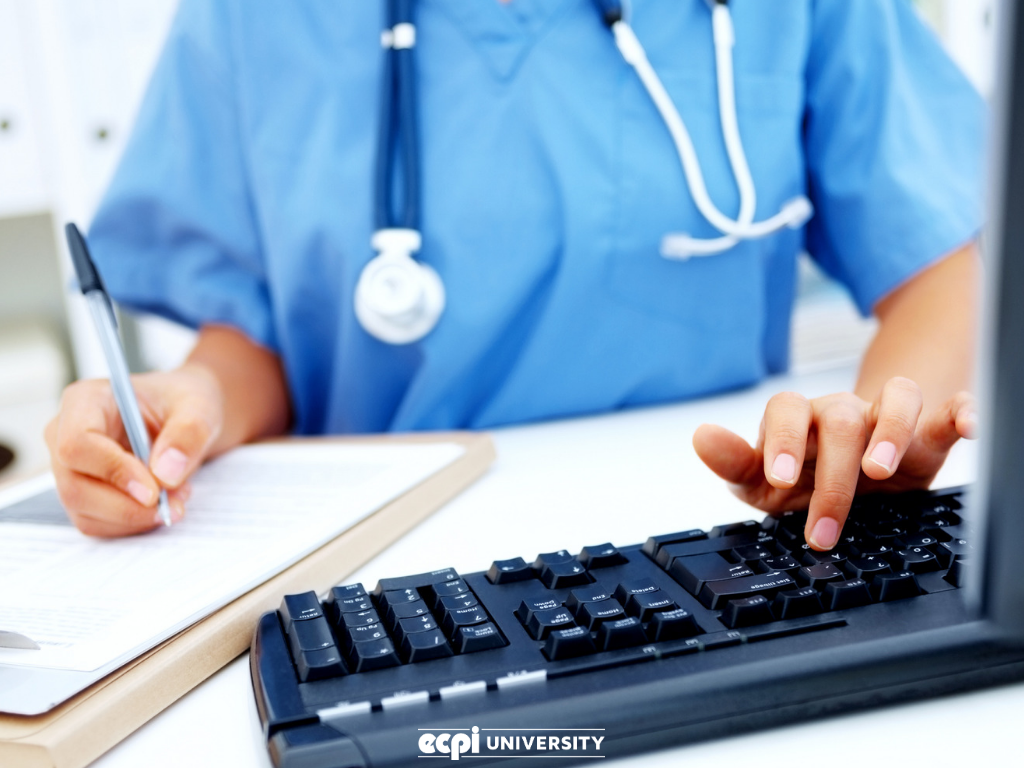Finest Practices in Medical Administration for Improving Performance and Lowering Prices
In the ever-evolving landscape of healthcare, the pursuit of finest methods in clinical management is critical for improving performance and suppressing costs. By integrating sophisticated innovations such as digital wellness records and telemedicine, health care carriers can enhance procedures and enhance patient treatment.
Leveraging Advanced Technology
In today's rapidly advancing health care landscape, leveraging sophisticated innovation is no more optional however necessary for efficient clinical management. The combination of digital solutions right into health care systems has actually transformed the way facilities operate, improving processes and improving person care. Electronic Health And Wellness Records (EHRs) are crucial, giving comprehensive person data that can be accessed instantaneously by authorized employees, thus decreasing redundancy and reducing errors. By systematizing individual information, EHRs get rid of the demand for difficult documentation and promote seamless interaction amongst doctor.
Telemedicine is another technological improvement that has actually reinvented patient interaction. It supplies benefit for both clients and healthcare specialists by allowing remote examinations, which can lower the requirement for in-person sees and optimize consultation organizing. Additionally, telehealth systems can prolong healthcare accessibility to rural or underserved areas, linking voids in care delivery.
In addition, the usage of Artificial Knowledge (AI) and maker knowing is coming to be progressively common in predictive analytics, allowing for early detection of prospective wellness problems and even more enlightened decision-making. These innovations, when integrated successfully, can improve analysis precision and individualize individual treatment plans, eventually causing improved healthcare end results and operational performance.
Optimizing Source Appropriation
Effective resource appropriation is critical for making the most of the effectiveness of clinical management. By tactically managing resources such as personnel, equipment, and finances, medical care centers can dramatically improve their functional performance, boost person end results, and reduce unneeded expenses. The very first step in maximizing source allocation involves carrying out a comprehensive analysis of current assets and recognizing locations where sources may be underutilized or exhausted. This assessment must be data-driven, using metrics and analytics to notify decision-making processes.
Prioritizing resource allowance based on person needs and service demands is necessary. This entails aligning resources with high-demand areas, such as emergency situation care or specialized therapies, to make sure prompt and efficient client care. Applying versatile staffing models can likewise maximize labor sources by readjusting personnel allocation in reaction to varying patient quantities. In addition, accepting telemedicine and other technical solutions can reduce physical source restrictions by using different avenues for patient-provider communications.
Economic resources need to be carefully monitored and alloted with critical foresight to sustain both temporary functional needs and lasting institutional objectives. This includes investing in training programs that enhance personnel expertises and taking on energy-efficient techniques that lower functional expenses (medical administration). Ultimately, an optimized source allotment approach cultivates a sustainable medical care environment that is responsive, reliable, and economically prudent
Streamlining Workflow Procedures
When medical care centers objective to boost functional performance, enhancing operations procedures becomes a pivotal focus. Reliable operations reduce redundancy, get rid of unnecessary steps, and boost control amongst medical care professionals. This approach not just accelerates solution distribution but additionally enhances the high quality of individual treatment.

Following, innovation integration plays a significant duty in simplifying process. Carrying out electronic health documents (EHRs) and electronic physician order entrance (CPOE) systems reduces documents, reduces human mistake, and guarantees info is available to all relevant employees. In addition, leveraging telemedicine systems can simplify client examinations and follow-ups, decreasing the stress on physical infrastructure.

Eventually, structured process cause cost reductions and boosted person satisfaction, promoting a more lasting medical care environment.
Enhancing Information Management
Building upon structured workflows, optimizing data administration comes to be an essential component in progressing medical care administration. Efficient information administration systems are crucial for keeping exact individual documents, enhancing decision-making, and making sure compliance with regulative requirements. By carrying out durable information monitoring services, health care centers can boost the high quality of individual treatment while all at once minimizing functional expenses.
One key facet of enhancing data monitoring is the combination of sophisticated digital wellness record (EHR) systems. These systems help with the seamless exchange of patient information across different departments, minimizing replication of examinations and lessening mistakes. A properly designed EHR system supports data analytics, allowing doctor to determine trends and make informed choices relating to patient treatment.
Furthermore, guarding individual data is paramount. Taking on thorough cybersecurity steps, including security and routine audits, ensures the stability and privacy of sensitive information. This not just safeguards individuals but also maintains the establishment's online reputation.
Purchasing personnel training is an additional critical element. Enlightening medical care experts on data monitoring practices boosts their capacity to effectively use innovation, leading to boosted patient end results. In verdict, enhancing data monitoring via sophisticated modern technology and comprehensive training is necessary for attaining efficiency and expense reduction link in clinical management.
Fostering Collaborative Communication
An important component beforehand clinical administration is promoting collaborative communication amongst medical care professionals. Effective interaction is extremely important for making certain seamless individual care, maximizing treatment results, and minimizing errors. By encouraging open discussion and coordination across multidisciplinary groups, health care organizations can enhance their operational efficiency and minimize unnecessary costs.
Central to this method is the integration of communication modern technologies such as electronic health and wellness documents (EHRs) and secure messaging systems, which help with the rapid exchange of essential client information. These devices allow doctor to gain access to and share data in genuine time, guaranteeing that all group members are educated and aligned in their decision-making procedures. In addition, routine group meetings and interdisciplinary rounds can further advertise a culture of cooperation and liability.
Training programs concentrated on improving interaction skills are also necessary. Ultimately, fostering collective interaction leads to enhanced medical care shipment and price savings.

Conclusion
Including innovative modern technology, such as digital wellness discover this info here documents and telemedicine, alongside optimized resource allotment and streamlined operations processes, is essential for improving effectiveness in medical administration. Effective data administration and promoting joint communication among healthcare teams are vital for lessening redundancies and enhancing treatment quality. By focusing on preventive treatment and participating in top quality improvement initiatives, healthcare organizations can achieve considerable cost financial savings and boosted individual outcomes, thus ensuring sustainable healthcare delivery in an increasingly complicated environment.